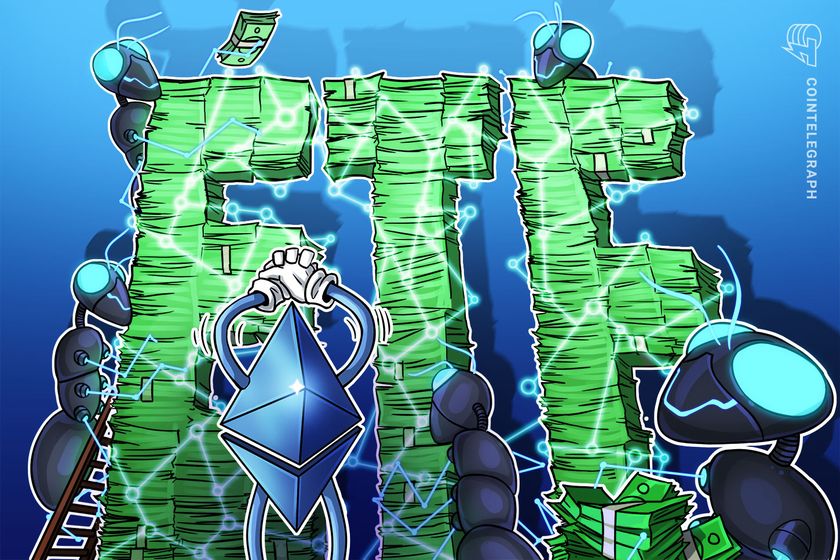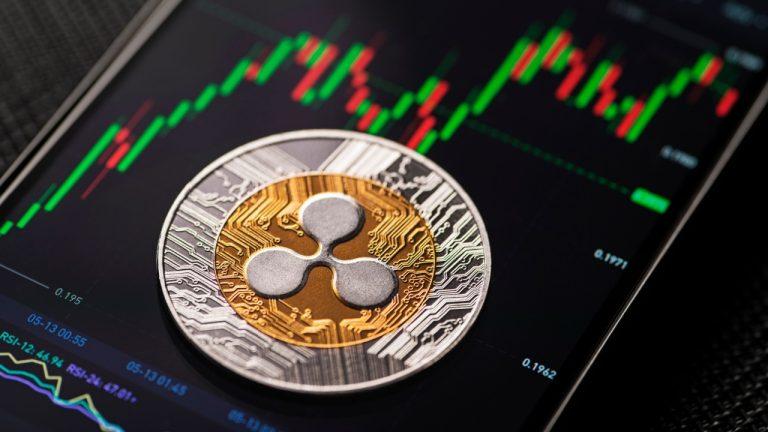Blockchain assessment: How to assess different chains?

Before investing your valuable resources, you should assess blockchain projects based on various factors, including community, use-case, the team behind it, longevity, etc.
With so many blockchain networks appearing all the time, new or even experienced crypto enthusiasts may feel overwhelmed when it comes to deciding which are the best to invest in.
In this guide, we’ll outline the most important aspects of any blockchain project, and why one should pay close attention to such details when assessing the different chains on the crypto market.
Use case
Arguably the most important part of any blockchain project is its use case. What is the project’s reason for existing? Is the project here to enhance payment processing? To improve on a business supply chain or to entertain users?
There’s technically no such thing as an invalid use case, but some are certainly more applicable than others. For example, a project meant to assist millions in acquiring food is likely to earn more support than a meme coin. If one decides that a project is valuable to them and that this value can translate over to a wide audience, then that’s a point in the project’s favor.
When examining use cases, it’s best to look at the project’s white paper. For example, we can take a look at Polygon’s whitepaper, which details potential use cases associated with the platform.

Community
A project is nothing without its community. Blockchain technology is an open-source and user-driven solution, after all. When assessing a blockchain, it’s often best to check into the community and see how much power they have.
Reliable projects are generally as decentralized as possible, providing users from all over with the ability to hold tokens and have their say in governance. These users are usually outspoken, with public conversations happening on platforms like Reddit, Twitter and Discord. It’s usually best to join a project’s Discord server to gauge both the size and contributions of its community.
Transaction speeds and scalability
One’s blockchain project of choice might have the best intentions, but if the technology can’t scale or reliably process transactions, it’s at a severe disadvantage. What good is a platform that can’t serve the hundreds of thousands of customers it hopes to gain?
When assessing a blockchain, it’s best to examine the network’s typical transaction speeds alongside how it intends to scale en masse. Is it possible to implement upgrades down the line? Will it, or does the network already utilize a layer-two solution? Does the solution sound realistic in the long term?
The Ethereum website contains extensive documentation on its current and future scalability methods.

One can pair this factor alongside the community one, as dedicated community members would have public discussions surrounding their favorite project’s use cases and potential upgrades, as well as how it’s currently running.
Consensus and governance
The two most common blockchain consensus methods are proof-of-work and proof-of-stake. Proof-of-work (PoW) networks require miners that are users who dedicate their computing power to solve complex equations and validate transactions. Miners are paid for their efforts with each block mined, though the computer power required is harmful to the environment.
Proof-of-stake (PoS), on the other hand, provides power to users who hold and stake, or lock in, their digital assets. Generally, the more assets a user stakes, the more power they have within the network.
By staking, users typically become validators who then validate transactions, removing the need for miners. This process is more environmentally friendly than mining and rewards users in interest for their efforts. While both PoS and PoW have their pros and cons, many believe PoS is the future of blockchain and that PoW networks are on their way out.
After all, PoS is the more scalable option and Ethereum, the second-largest cryptocurrency in terms of market capitalization, is making the upgrade to PoS over the coming months. Consensus directly affects network governance and is something to consider when assessing different blockchain networks.
Team
The team behind the project is just as important as the technical aspects of any blockchain. Projects should be very open regarding who’s developing a project, as well as the history and skillset of the team.
Failing to disclose the details about the development team can be a significant warning sign while assessing blockchains, as a lack of information could mean they’re looking to scam users. While this isn’t always the case, it’s recommended to stick with projects that are open about their development process.
The Polkadot project has some of its key members available on its website, including their real names and history. That said, it could be improved by including relevant social links to the team’s profiles so that users can conduct their own research to verify the project and the team behind it.

Roadmap
Not only should a blockchain have a solid reliable use case, but it should have a roadmap planned out regarding future developments and product feature additions.
A thorough roadmap generally means that the team has thought long-term about their project and how it can benefit the world. It also provides users with more knowledge about what they’re investing in, and whether or not the network aligns with their values.
The Cardano roadmap features detailed sections for each part of its roadmap, ensuring that all users can understand what to expect in the network’s future.

Market capitalization/total value locked (TVL)
When it comes to decentralized finance (DeFi) projects specifically, one vital factor to consider is its total value locked (TVL) and its market cap.
The TVL represents the total amount of all funds locked into a DeFi platform’s smart contracts. The higher a TVL, the healthier a platform’s ecosystem, as more users are taking advantage of its offerings.
Alternatively, a project’s market capitalization constitutes the value of existing assets within its ecosystem, serving as an indicator of the project’s growth potential. This number constitutes not just those utilizing the platform’s tokens, but also those holding assets in a passive way.
One can consider market capitalization to be the indicator of the popularity of a project, while TVL can mark how much money is actually being moved around within its various protocols. Both statistics are important, but it’s important to understand what each means relevant to a project’s competition.
DeFi Pulse details the TVL of all sorts of DeFi projects, while CoinMarketCap lists the market capitalization of nearly any chain on the market.

Longevity
Finally, take a look at how long the project has been on the market. If it has been available for years, what has the project accomplished? Has it stuck to its roadmap and been reliable, or suffered from consistent delays and failing to deliver? A project’s reliability can be a great indicator of its longevity.
Alternatively, if a project is new to the market, consider observing it for a few months and seeing how things play out. If development appears smooth and the group is making a fair amount of progress and announcements, it might mark a more reliable long-term investment.









